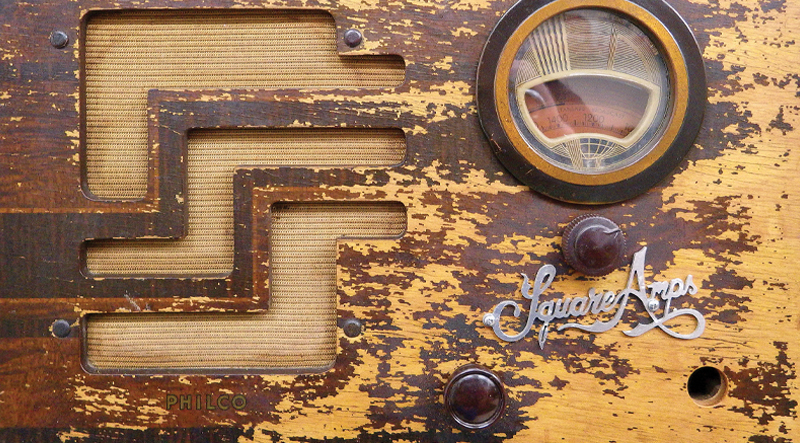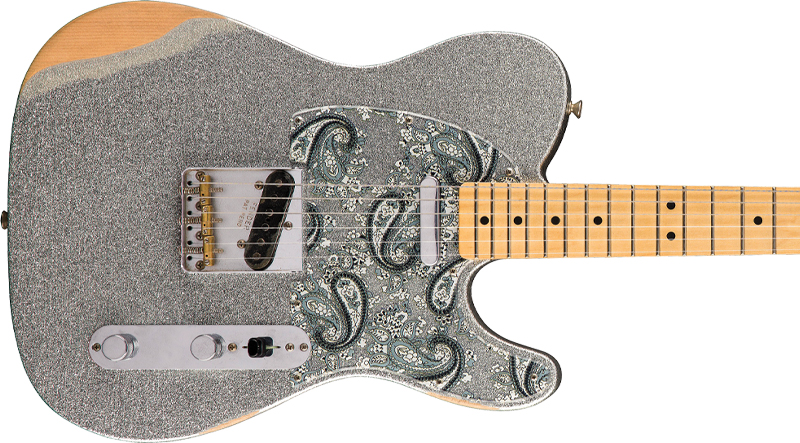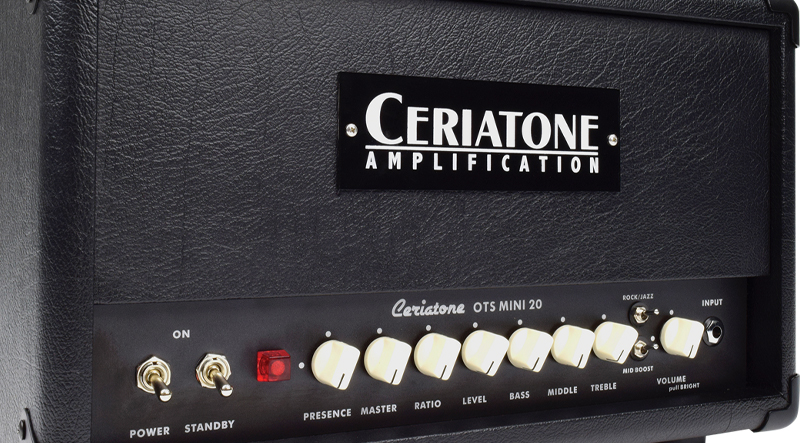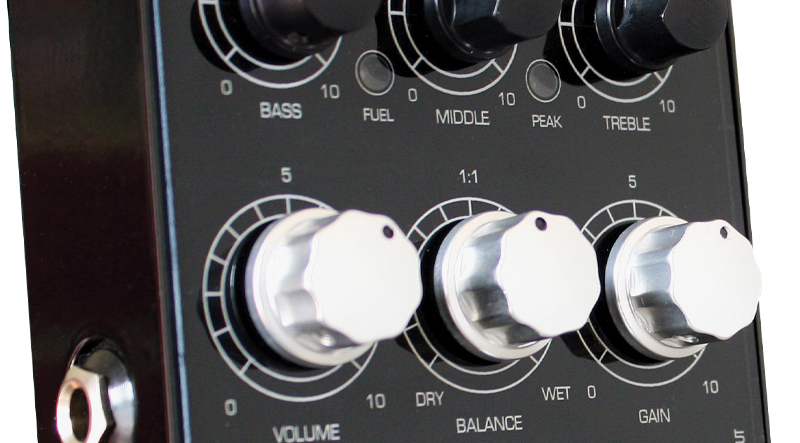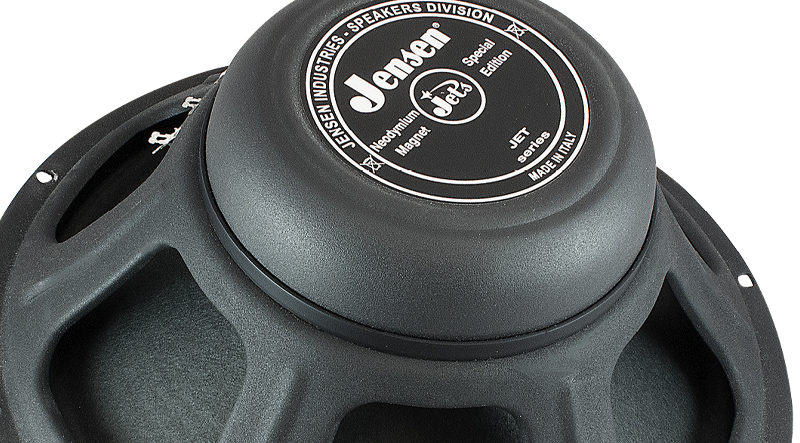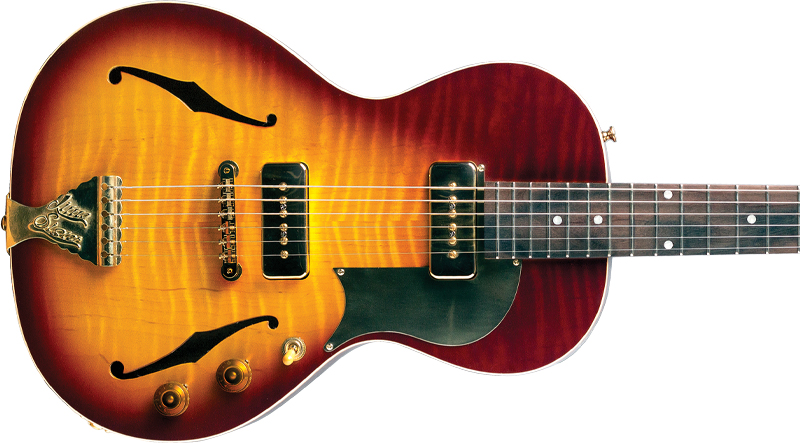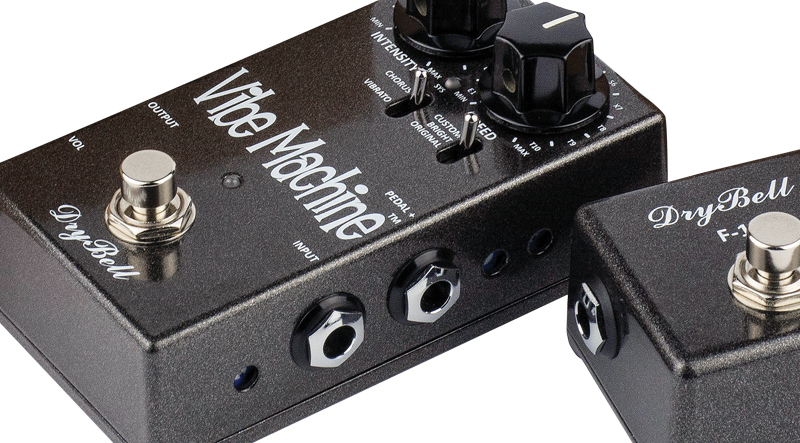-
Yoel Kreisler
Square Amps’ Chippy
Radio King
Matt Richards builds basic cathode-bias amps housed in the carcasses of vintage radios. They’re designed to be compatible with various tubes, giving the user a range of output and tone choices. His Chippy amp has a single Volume knob on the front and a negative-feedback loop pot on the back that acts as a combination…
-
Yoel Kreisler
Fender’s Brad Paisley Road Worn Telecaster
Country Composite
One of the newest models from Fender’s Artist series is designed to appeal to vintage Telecaster fanatics, country twangers, and even new converts taste-testing the Tele waters. The new Brad Paisley Road Worn Telecaster has a body made of paulownia, a fast-growing wood that has long been used in China, Korea, and Japan for the…
-
Yoel Kreisler
Ceriatone’s OTS Mini 20 Overtone Lunchbox
Meal Ticket
For years, Ceriatone fans have suggested the amp maker offer its stellar Overtone Special sound in a scaled-down, affordable package. The OTS Mini 20 was Ceriatone’s answer. The control layout is classic Dumble topology, with the familiar voicing switches, Ratio pot (sort of a blend control for the clean and dirty channels), and the Mid…
-
Yoel Kreisler
Gurus Amps’ SexydriveMkII
Bellissimo!
Chalk up another score for Italian innovation. Chicco Bellini and his company, Gurus Amps, are among the top dogs in the Italian gear market. They’ve also been gaining steam worldwide since the release of their most popular pedal, the Echosex 2, a few years ago. The SexydriveMkII is a reissue of Gurus’ first pedal, the…
-
Yoel Kreisler
Jensen Tornado Stealth Speakers
Sheer Magnetism
Jensen has been in the speaker game for a very long time and its wares are some of the most sought-after vintage drivers. The company’s new 12″ Tornado Stealth series stands as proof it remains aware of the fact guitar players want not only to create sounds they’ve heard on their favorite songs since the…
-
Yoel Kreisler
B&G Little Sister Private Build
Doncha Go And Do…
B&G Guitars just about do it all – from mixing their own nitro finishes to winding pickups and even casting their own brass hardware. Their goal? To re-create the feeling of playing an old guitar, while at the same time updating those old magic formulas. Inspired by vintage parlor and early Les Pauls, B&G’s Little…
-
Yoel Kreisler
The DryBell Vibe Machine V-2
Catch A Wave
DryBell is renowned for one of the most authentic and pedalboard-friendly Uni-Vibe recreations on the market. Five years after launching their original Vibe Machine, the fine folks at DryBell have reimagined that winning formula – and thrown in few welcome additions. The V-2 updates the original Vibe Machine for clarity and flexibility. On the front,…

